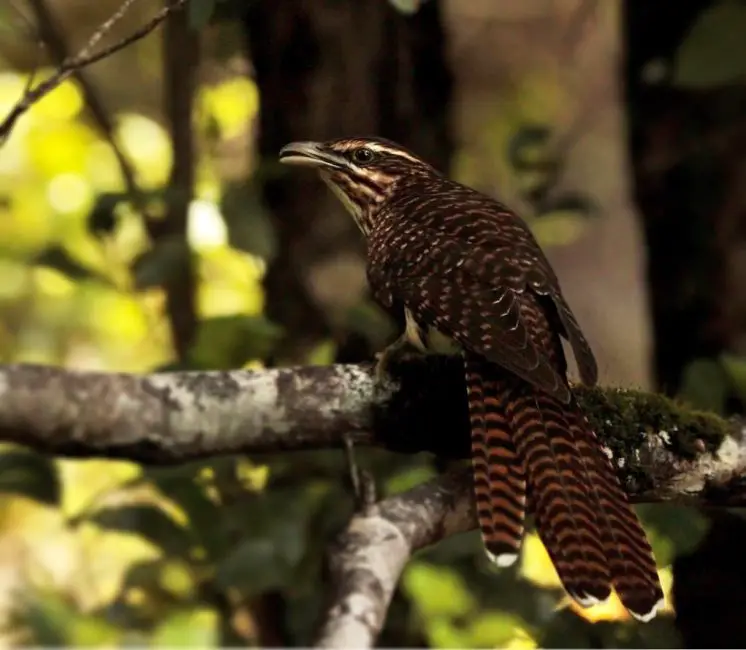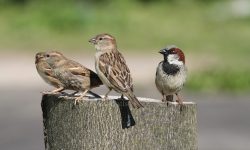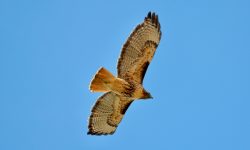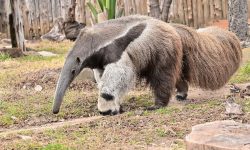Introduction: A Transoceanic Mystery in Feathers
Every year, a bird barely known outside the South Pacific undertakes one of the most remarkable migrations in the avian world. The Pacific Long-tailed Cuckoo (Urodynamis taitensis) travels over 3,000 miles across open ocean — from tropical Polynesian islands to the temperate forests of New Zealand. It makes this journey not to overwinter, but to breed, reversing the pattern followed by most migratory birds.
With no map, no parental guidance, and nothing but instinct, this solitary flyer arrives in Aotearoa (New Zealand) just in time for spring, seeking out native birds to raise its young — without ever building a nest of its own. This article explores the unique biology, migration, and breeding behavior of this elusive and spectacular species.

Meet the Pacific Long-tailed Cuckoo
What Does It Look Like?
The Pacific Long-tailed Cuckoo is a sleek, medium-large bird, measuring about 40 to 42 cm (16–17 inches) in length. True to its name, its most striking feature is its long, graduated tail, which it often flicks expressively in flight.
The bird has a warm brown back finely barred with pale streaks, and a lighter underside with diffuse spotting. Its strong, curved beak and piercing yellow eyes give it a slightly predatory appearance. Though not brightly colored, it moves through the forest like a shadow — swift, silent, and almost impossible to track once it disappears into the canopy.
A One-Way Journey Across the Pacific
Where Does It Come From?
Outside the breeding season, the Pacific Long-tailed Cuckoo lives in tropical islands across the South Pacific, including Fiji, Tonga, Samoa, Niue, and the Cook Islands. These islands form the bird’s non-breeding range, where it forages quietly among rainforest trees for insects and small vertebrates.
Why Migrate to New Zealand?
While most birds leave temperate zones to escape winter, the Pacific Long-tailed Cuckoo does the opposite. It leaves the warmth of the tropics each year and flies to New Zealand, arriving between October and December, just as southern spring begins. The reason? To breed, taking advantage of New Zealand’s insect-rich forests and, more intriguingly, its naïve native bird hosts.
The cuckoo’s transoceanic flight covers over 3,000 kilometers (1,800+ miles) — a staggering journey considering it crosses open water with no rest stops. The exact route is still poorly understood, but radar data and banding records confirm the birds make this nonstop journey entirely by instinct, unassisted by flocks or older individuals.
A Master of Deception: Brood Parasitism
How Does It Breed Without Building a Nest?
In New Zealand, the Pacific Long-tailed Cuckoo does something astonishing: it doesn’t raise its own chicks. Instead, it engages in brood parasitism, sneaking into the nests of other species to lay a single egg — and letting the unsuspecting host raise the chick as its own.
This is not a haphazard process. The cuckoo selects very specific host species, particularly birds from the Mohoua genus, including the Whitehead (North Island), Yellowhead (South Island), and Brown Creeper (southern forests).
The cuckoo waits for the host to leave the nest momentarily, then quickly lays its egg, often removing one of the host’s eggs to reduce suspicion. Once hatched, the cuckoo chick aggressively ejects any remaining eggs or chicks, ensuring it receives all parental attention and food.
How Do Host Birds Fall for the Trick?
Unlike some cuckoo species that mimic host eggs, the Long-tailed Cuckoo doesn’t bother. Its eggs and chicks look nothing like the hosts’ — and yet, the deception works. The host parents, driven by instinct, continue to feed the cuckoo chick as if it were their own, even as it grows dramatically larger than them.
Scientists believe this is possible because New Zealand’s native birds evolved without natural brood parasites and are therefore evolutionarily naïve — lacking the defenses other birds have developed to spot imposters.
Voices of the Forest: The Koekoeā Call
In Māori culture, the Long-tailed Cuckoo is known as Koekoeā, a name that echoes the bird’s distinctive call. Its vocalizations are loud, shrieking, and haunting, often heard at night or during dusk and dawn. A rapid series of “ki-ki-ki-ki-ki” or “wheeer” notes pierces the silence, sometimes mistaken for cries or whistles of distant people.
In traditional Māori belief, the Koekoeā’s return marks the arrival of spring and is associated with fertility, change, and spiritual transition. Though difficult to spot, the sound of its call is often the first sign that these mysterious birds have arrived.
A Bird of Two Worlds
How Does It Survive in Such Different Environments?
The Pacific Long-tailed Cuckoo lives in two vastly different ecosystems: the tropical forests of Polynesia and the temperate woodlands of New Zealand. To thrive in both, it must be a versatile forager, feeding on a wide range of prey including caterpillars, beetles, stick insects, wetas (a native New Zealand insect), and occasionally small lizards or nestlings.
Its long tail aids in agile maneuvering through dense foliage, allowing it to hunt stealthily among branches and blend into its surroundings.
Conservation: Is the Long-tailed Cuckoo at Risk?
While the species is currently not globally endangered, the Pacific Long-tailed Cuckoo depends on two fragile components: healthy native forest habitat in both Polynesia and New Zealand, and the continued presence of its host species, especially Whiteheads and Yellowheads, which are themselves threatened in parts of their range due to habitat loss and predation by invasive mammals.
The cuckoo’s survival is therefore closely linked to conservation efforts for New Zealand’s native birds and forests. Without host birds, the Koekoeā cannot breed — and its ancient migratory legacy would vanish with it.
Conclusion: The Pacific’s Most Mysterious Migrant
The Pacific Long-tailed Cuckoo is more than just a bird — it’s a symbol of movement, deception, and ecological interdependence. With no map, no guide, and no parenting role, it flies across oceans each year to lay a single egg in another bird’s nest, then vanishes back into the tropical silence of Polynesia.
Its existence is a stunning testament to evolution’s creativity and nature’s complexity. And while it may never sing on your windowsill or perch in your backyard, the echo of the Koekoeā across a New Zealand forest is a sound that connects islands, cultures, and species — one incredible migration at a time.






